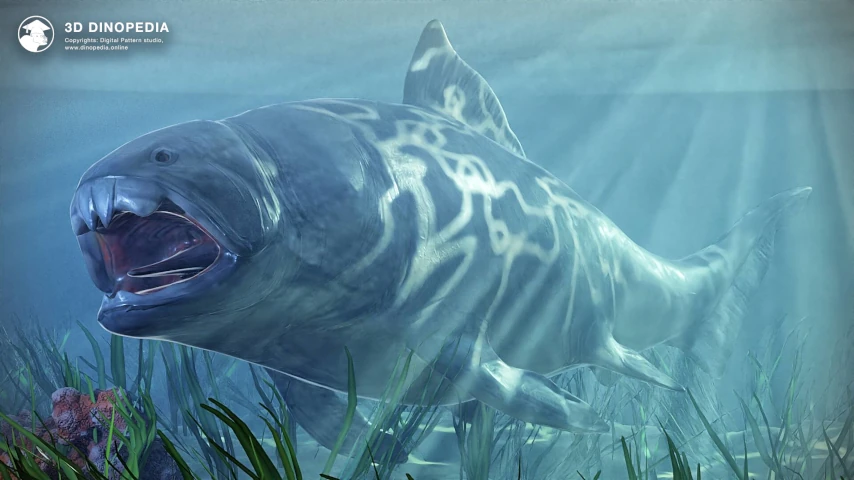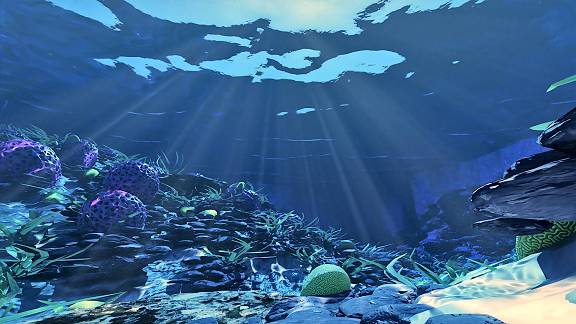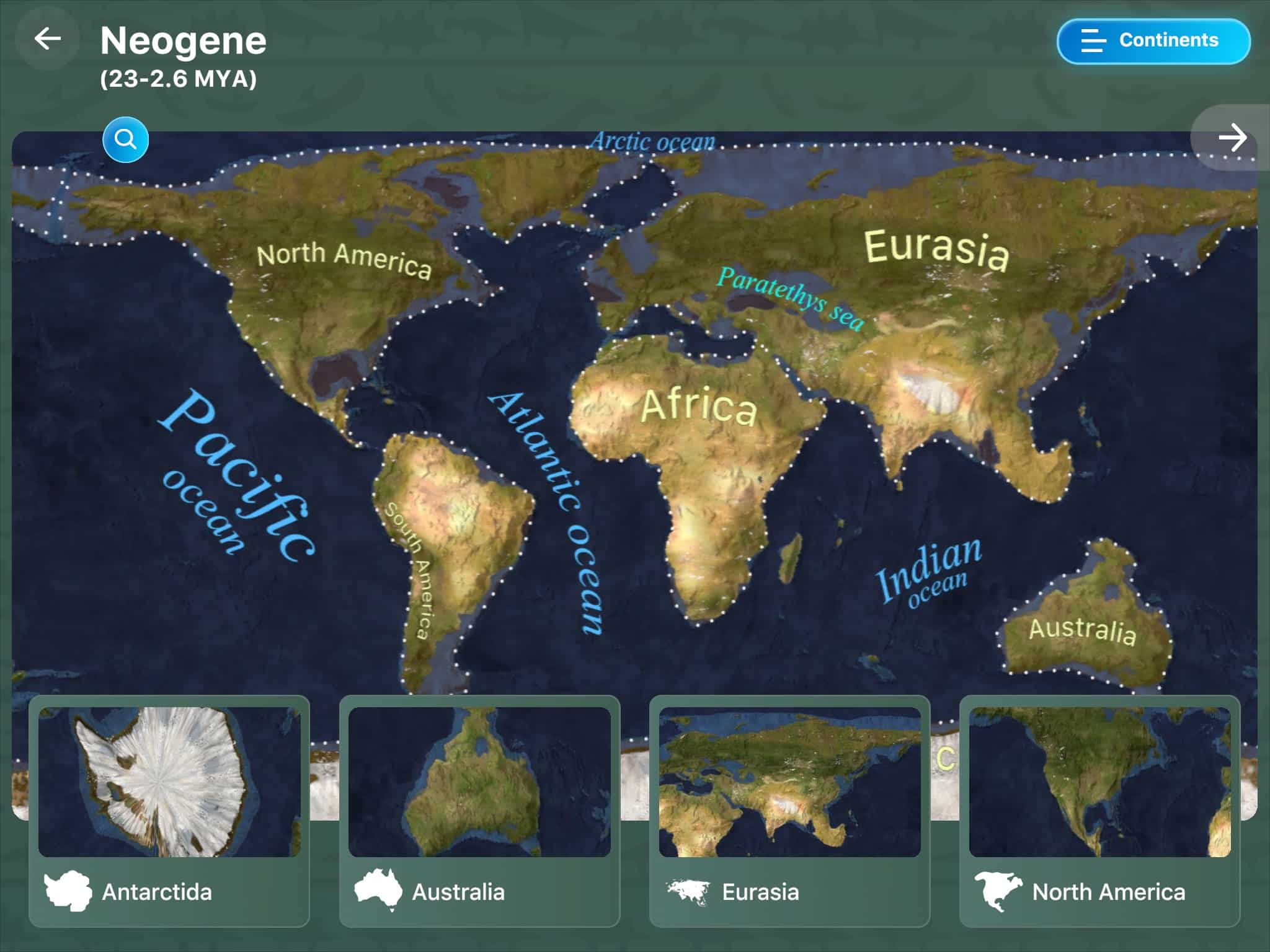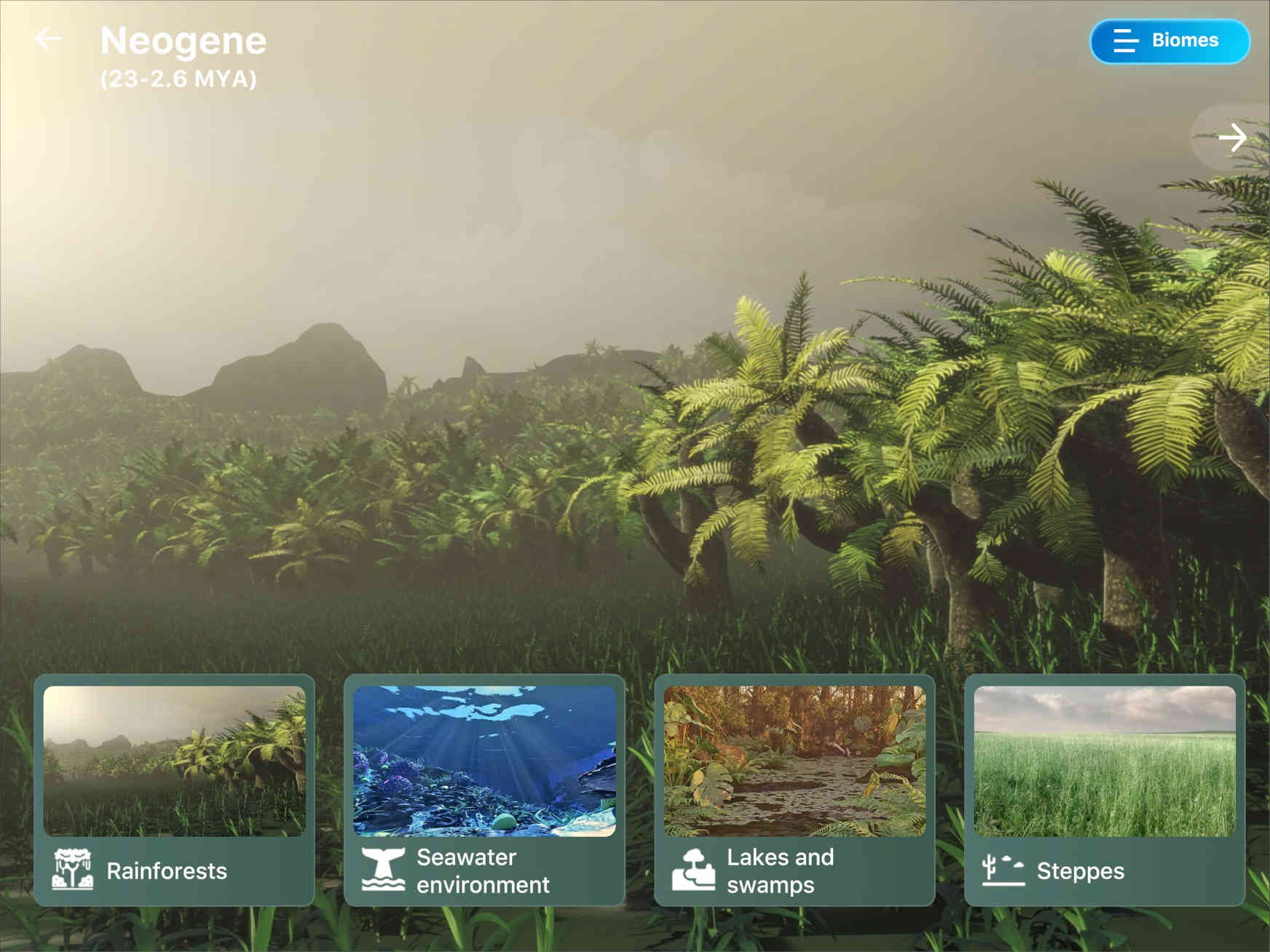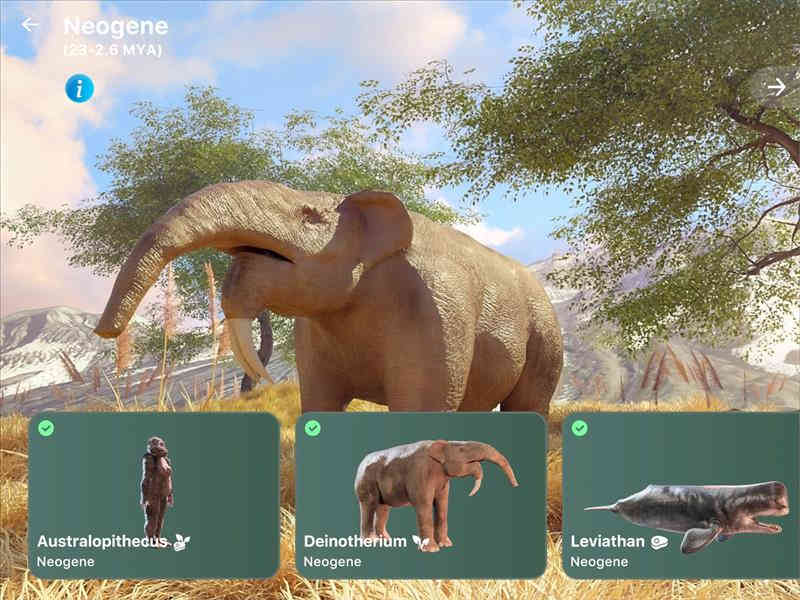Lakes and marshes
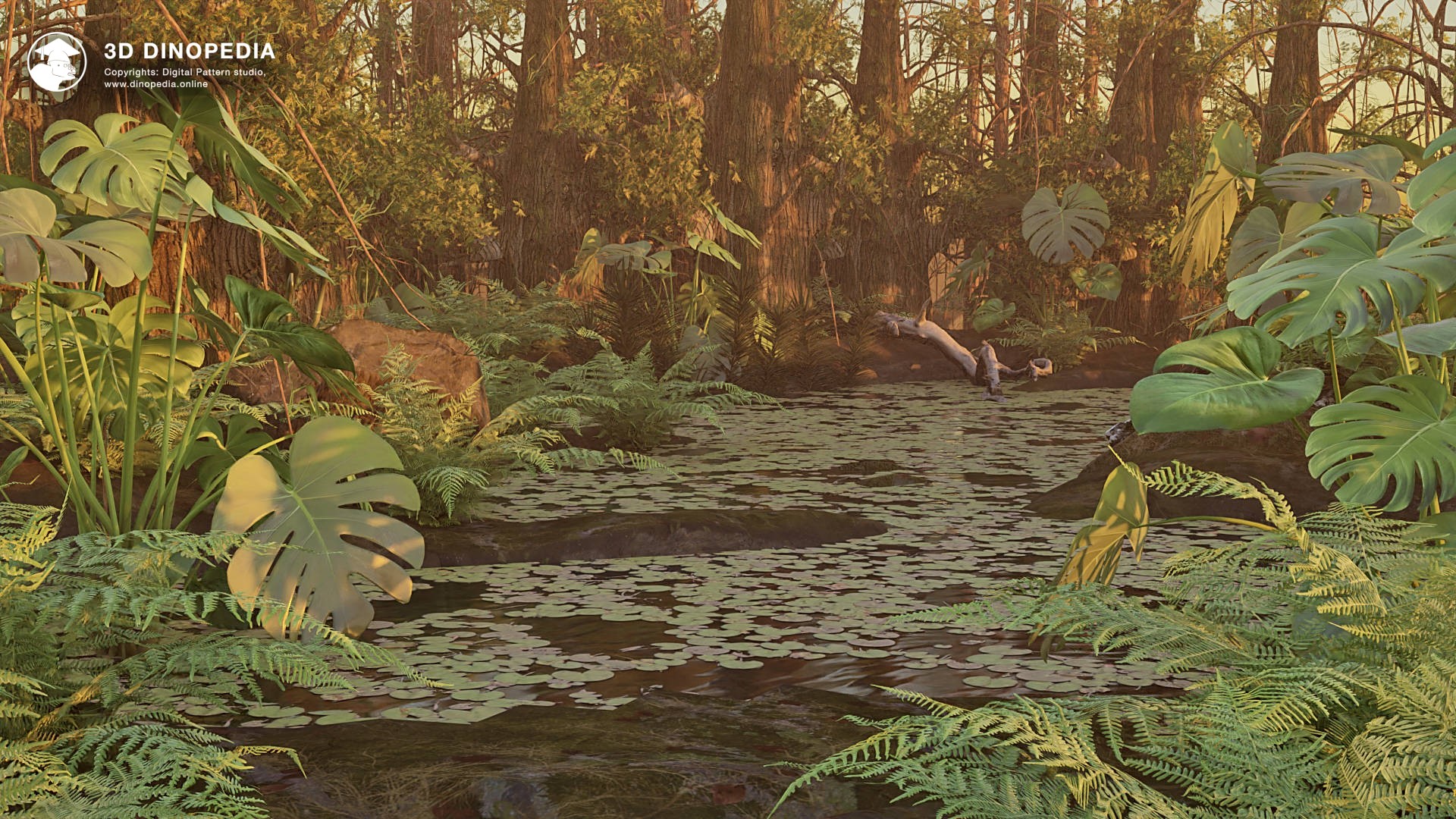
The Devonian period was a time of active terrestrial colonization by both ancient plants and animals. Of course, life could not abruptly leave its accustomed habitat, exchanging cool water for a dry desert. It ventured onto land in small steps, initially occupying the sea coasts, river floodplains, as well as the banks of lakes and swamps.
During the Devonian, lake shores changed beyond recognition. At the beginning of the period, the plant life was represented only by mosses and ancient leafless herbaceous psilophytes (Psilophytopsida) or rhyniophytes (Rhyniophyta). The landscape on the northern continents was complemented by huge fungi resembling fallen tree trunks - prototaxites (Prototaxitacea), and in the south, the earliest fuzzy lycophytes were sprouting. Among the animals, one could only notice some arthropods - scorpions, trigonotarbids (Trigonotarbida), and millipedes. Occasionally, typically aquatic animals with chitinous shells ventured onto land. Thus, a hasty eurypteri...
During the Devonian, lake shores changed beyond recognition. At the beginning of the period, the plant life was represented only by mosses and ancient leafless herbaceous psilophytes (Psilophytopsida) or rhyniophytes (Rhyniophyta). The landscape on the northern continents was complemented by huge fungi resembling fallen tree trunks - prototaxites (Prototaxitacea), and in the south, the earliest fuzzy lycophytes were sprouting. Among the animals, one could only notice some arthropods - scorpions, trigonotarbids (Trigonotarbida), and millipedes. Occasionally, typically aquatic animals with chitinous shells ventured onto land. Thus, a hasty eurypteri...
 3D BIOMES
3D BIOMES
